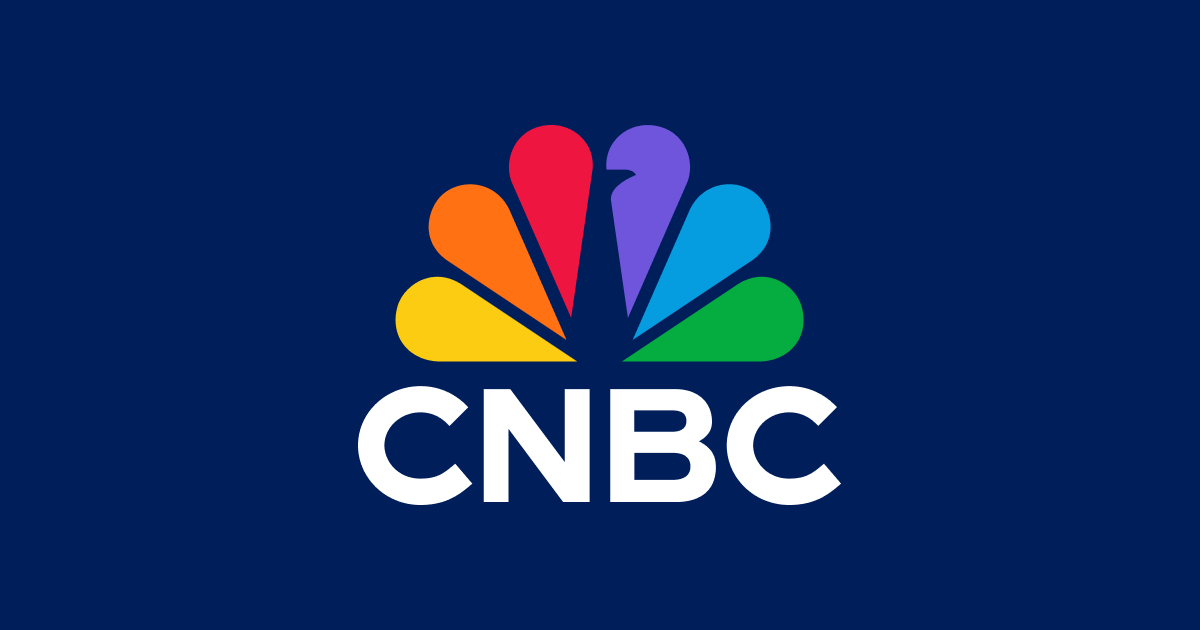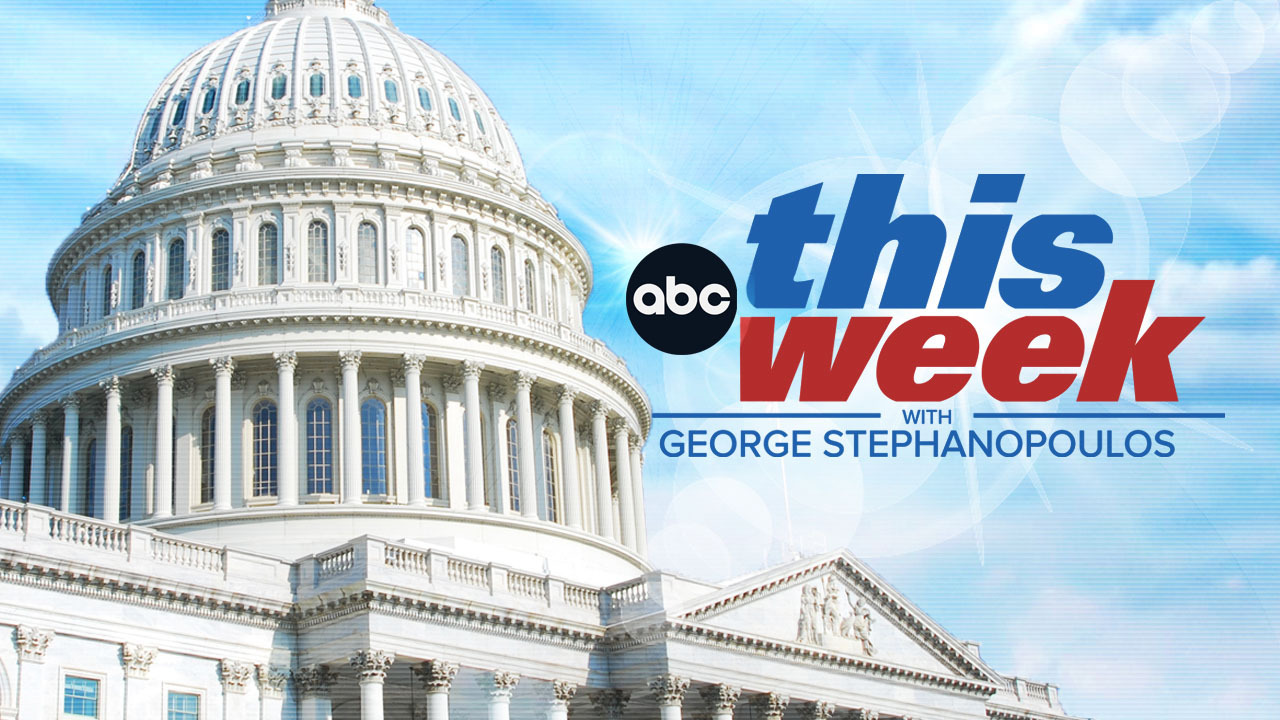WHEN: Today, Friday February 16, 2024
WHERE: CNBC’s “Squawk on the Street”
Following are excerpts from the unofficial transcript of a CNBC exclusive interview with Meta Global Affairs President Nick Clegg on CNBC’s “Squawk on the Street” (M-F, 9AM-11AM ET) today, Friday, February 16, 2024. Following is a link to video on CNBC.com: https://www.cnbc.com/video/2024/02/16/metaas-nick-clegg-on-banning-ai-generated-election-content-it-doesnt-work-you-always-miss-stuff.html.
All references must be sourced to CNBC.
CLEGG ON PREVENTING ELECTION INTERFERENCE
NICK CLEGG: It’s going to be essential that the big tech companies that either build the tools which allow people to generate AI generated content and/or distribute that content on their platforms should work together as much as possible because, you know, this is a challenge preventing the use of these new AI tools to sort of deliberately deceive people in elections which can only be dealt with collectively because of the way in which, of course, content sloshes around on the internet from one service to the next.
CLEGG ON TRANSPARENCY IN SOCIAL MEDIA AND AI GENERATED CONTENT
CLEGG: So, I think most people in the industry believe that the – the greatest antidote to deliberate and nefarious deception is transparency. But you can only have transparency, in other words you can only act either labeling or demoting, or if you, in exceptional cases, removing AI generated content if it breaks the rules of the various platforms concerned, if you can identify it in the first place. And that’s where a lot of engineering work and technical work at the back end still needs to happen so that, you know, AI generated content produced on one tool will be identified as AI generated when distributed on another platform. And that’s the gap, if you like, that the companies are working together to try and close.
CLEGG ON GOVERNMENT REGULATION
CLEGG: So, I think – I think the thing about this whole issue is, it’s easy enough to say, oh, you know, label everything. Oh, watermark everything. It’s actually much harder in practice. And you’re right, the governments, of course, play a role in setting the guardrails, the parameters in which the industry should operate. And the U.S. government’s executive order already includes provisions about the need to invisibly and visibly watermark AI generated content. The – the EU’s AI Act similarly includes provisions on user transparency, labeling and so on.


